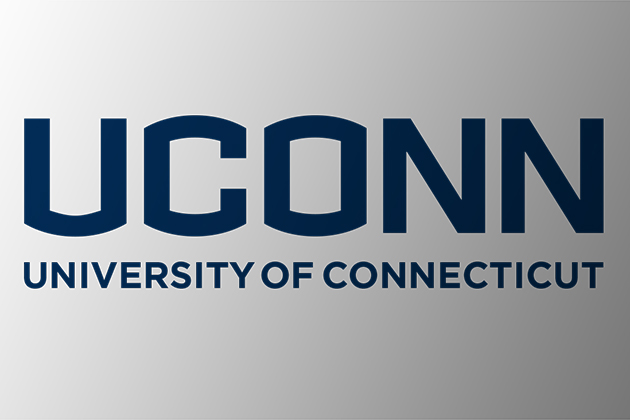Connecticut’s upcoming budget season is likely to require tough decisions at the Capitol and also at UConn, but the University is committed to protecting its academic enterprise while working to keep tuition at the levels set in the current four-year plan, UConn’s top financial officer says.
Gov. Dannel P. Malloy will present his proposal for a new 2017-18 budget to legislators on Feb. 8, and has said that one of the highest priorities at the Capitol this year should be creating greater stability and economic predictability for residents and businesses.
Our goal is to be affordable and accessible to all. — Scott Jordan
That economic predictability is also a core tenet of UConn’s approach to tuition and budgeting, including the four-year tuition scale that the Board of Trustees adopted in December 2015 to help students and families in their planning through 2020.
Although recent reductions in state aid and increases in fringe benefit costs have made budgeting more challenging, UConn intends to adhere to that schedule without increases unless something occurs that is so financially harmful that changes are unavoidable.
“As a public university, we don’t raise tuition lightly – we hate raising tuition,” says Scott Jordan, UConn’s chief financial officer and executive vice president for administration. “Our goal is to be affordable and accessible to all.”
As tuition increases, so does financial aid, which UConn has consistently prioritized as an important factor in helping draw highly talented students from modest economic backgrounds. In fact, almost 40 percent of all tuition dollars are dedicated to financial aid and tuition waivers.
In an interview with a local radio station this week, Jordan said that UConn and other state agencies were notified to prepare for a cut of 10 percent in their state funds for the 2017-18 fiscal year, which begins July 1.
UConn lost $29.2 million in state funding in fiscal year 2017 – the current fiscal year. At the same time, its fringe benefit expenses have increased dramatically in recent years as UConn and other state agencies have been charged extra to help the state retroactively cover its unfunded pension liabilities.
Malloy noted in his recent State of the State Address that of the $1.65 billion that Connecticut will pay next year into the state retirement system, 78 percent of that – or nearly $1.3 billion – is to catch up.
UConn’s employee fringe costs have gone up as part of that statewide effort to catch up: It was $122 million in 2007, and will be more than $258 million this year. In fact, UConn has paid about $88 million since 2013, specifically due to the state’s unfunded pension liabilities – money that otherwise would have gone to other needs throughout the University.
Previous reductions in UConn’s state aid and increases in fringe costs have been absorbed primarily by reducing costs and also with some of the revenue from tuition increases, including about $12.8 million of tuition money last year toward the $29.2 million in lost state revenue.
“We have been holding the line on our expenses,” Jordan said, noting that this year’s budget line for salaries, for instance, has been held essentially flat.
The state appropriation funds about 28 percent of UConn’s budget; that figure has dropped from 43 percent of UConn’s revenue as recently as the year 2000.
However, Jordan emphasized that the governor and lawmakers have been very supportive of UConn – notably by supporting the Next Generation Connecticut program and other academic and capital expansions – and that there is constant communication between UConn and state budget officials in Hartford.
Despite the financial constraints of the past several years, UConn has remained in the Top 25 among public universities in U.S. News & World Report’s annual ranking – which this year places it at No. 20 – and is committed to protecting the academic enterprise even as it requires tough budget decisions, Jordan said.
Also as part of the discussion this week with the radio station, Jordan explained that the funding source for coaches’ salaries is self-generated revenue from athletics ticket sales, licensing agreements, conference revenue, and media rights.
That athletics revenue also covers related expenses such as the contractually mandated payment made to former UConn Football Coach Bob Diaco upon his departure.
“Coaches’ salaries are not paid by tuition, state funding, or mandatory student fees,” Jordan said, adding that athletics receives no tuition or state support, and that the additional expense related to changes in coaching at the University do not affect tuition rates.


